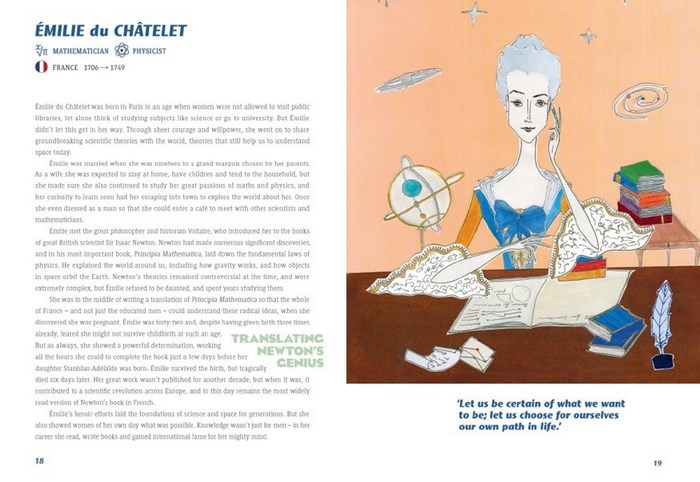As I approached Kielder Forest in my car, darkness overwhelmed me. It was difficult to predict what such a dark environment would look like, we are so used to polluted light. I drive up the long, winding track for two further miles to reach the observatory, which stood proudly overlooking the forest. Parking up, I switch my full beam headlights off, open the door and step out of the car.
Now I feel the darkness.
Doing the obvious, I grab my phone, turn on torch mode to find locate my gloves and find the observatory entrance. This was not as easy as it might have seemed, the light emulating from my torch was simply just too weak. I pointed it towards my feet to help navigate the unsteady ground and walked towards a green beam of what I presume to be some sort of safe light, a little bit like the red glow of the black and white darkroom. An observatory volunteer wrapped up in warm reflective clothing greeted me and showed me to my seat.
The event began, I sat in the wood-cabin-like room alongside excited astro-enthusiasts in front of a glowing red fire and a magnificent projection screen of animated stars that whirled around like a film clip from Star Wars. Gary introduced the observatory’s story, as well as some mind-blowing physics that made a bit more sense to me than it did previously. We sat for a while, watching and listening, some asked questions while waiting for a suitable moment to stargaze, for although it was only late November, it had started to snow.
Then, the moment came. We were invited to the observation rooms, I visited the one furthest to the right. When I arrived, the volunteer slowly wound a leaver to open the roof, revealing a fantastic view of the night’s sky. Kielder Observatory is a strange mix of off-grid eccentricities, like generators and compost toilets and high-end technology, which I see in this space. Screens locate the stars, sending data to the huge reflector telescope, which whirrs romantically when changing position. I await my turn to gaze at the Orion nebula: a gassy formation of dust clouds and interstellar matter.
One eye closed, I observe. Gazing through the atmosphere, stars twinkle and vibrate. Later that evening, I see my first shooting star. How can I capture this feeling through photography?
I decided to stay the night and take a stroll through Kielder Forest the next day. Wrapped up for the cold weather not nearly enough, I walk towards the observatory. In her book Wanderlust, Rebecca Solnit notes:
“Walking, ideally, is a state in which the mind, the body, and the world are aligned, as though they were three characters finally in conversation together, three notes suddenly making a chord. Walking allows is to be in our bodies and in the world without being made busy by them. It leaves us free to think without being wholly lost in our thoughts.” (2002, p. 5)
My mind wandered, as I did and it occurred to me that there was a freedom in this moment, the depth of my imagination as a lone female in this deep pine-scented forest. For my project, my photographic space exploration can be anything I wish for it to be, I can wander in the many directions of this forest. However, my ultimate goal is to engage others with this work, for future audiences to lose and find themselves in the moment. I hope to inspire young audiences to reach for the stars, particularly women in Northeast England, those who may feel the weight of their assigned class, and how it might otherwise stand in the way of their hopes and dreams.
“When you give yourself to places, they give you yourself back; the more one comes to know them, the more one seeds them with the invisible crop of memories and associations that will be waiting for you when you come back, while new places offer up new thoughts, new possibilities.” (2002, p. 13)
References:
Solnit, R. (2002) Wanderlust: A History of Walking.London: Verso.










